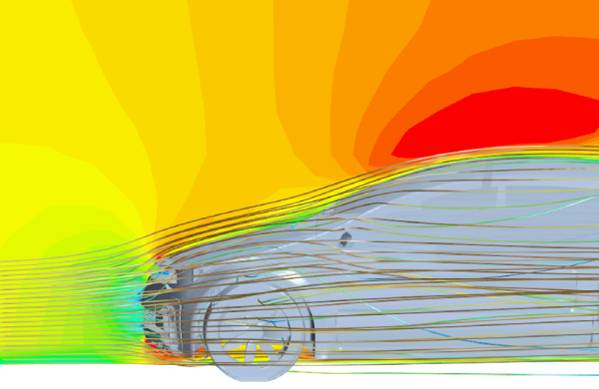
Heat transfer is an ongoing, and essential process in every automobile. From the engine's internal functioning to its batteries, and from the powertrain to the cabin, maintaining the right temperature is instrumental in ensuring efficient and safe vehicle operations.
Here, thermal management solutions and systems are the unsung heroes that function ceaselessly behind the scenes to maintaining the optimal operating range of these components.
Integrated Systems for Vehicle Thermal Management
- Coolant circuit
- Refrigeration Circuit
- HVAC / Passenger Comfort
- Battery + EDU + Inverter / Engine Cooling
- Brake Cooling
The Importance of Effective Thermal Management
- Enhanced Performance
- Longevity of Components
- Safety and Reliability
- Environmental Impact
- Passenger Comfort
Vehicle Thermal Management Future
Advanced thermal management will become more important in face of the rising market for hybrid and electric vehicles. Technologies like energy-efficient heat pump and smart systems enabling predictive control will help augment vehicle performance, enhance efficiency and make them safer.
